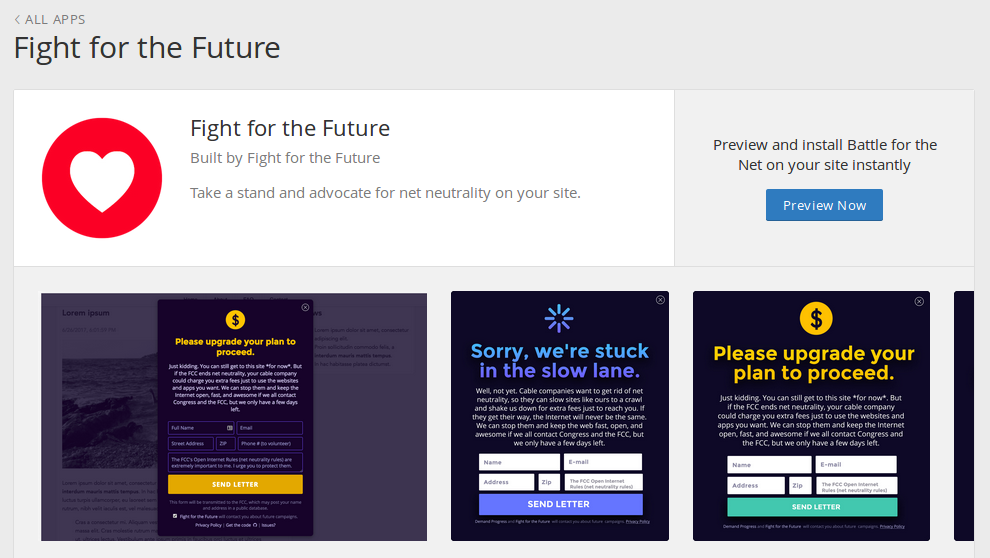Telecom Heroics in Somalia

Internet service in and around Mogadishu, Somalia suffered a crippling blow recently as the East African Submarine System (EASSy) cable, which provides service to the area, was cut by the anchor of a passing ship. The government of Somalia estimated that the impact of the submarine cable cut was US$10 million per day and detained the MSC Alice, the cargo vessel that reportedly caused the damage.
The cable was repaired on 17 July. The incident is the latest in a series of recent submarine cable breaks (see Nigeria, Ecuador, Congo-Brazzaville and Vietnam) that remind us how dependent much of the world remains on a limited set of physical connections which maintain connectivity to the global Internet.
Internet in Mogadishu
The story of how high-speed Internet service came to Mogadishu is nothing short of remarkable. It involved Somali telecommunications personnel staring down the threat of a local terrorist group (Al-Shabaab) in order to establish Somalia’s first submarine cable connection. This submarine cable link would be vital if Mogadishu were to have any hope of improving its local economy and ending decades of violence and hunger. However, in January 2014, Al-Shabaab Continue reading
Episode 8 – Wireless Misconceptions
For many the world of wireless networking is a world that is dark and full of terrors, but it doesn’t have to be that way. In this episode of Network Collective, the panel reveals many of the most common wireless networking misconceptions so you too can be a wizard in the black art of RF. I promise, no RF math was used in the filming of this episode.
—–
Outro Music:
Danger Storm Kevin MacLeod (incompetech.com)
Licensed under Creative Commons: By Attribution 3.0 License
http://creativecommons.org/licenses/by/3.0/
Outro Music:
Danger Storm Kevin MacLeod (incompetech.com)
Licensed under Creative Commons: By Attribution 3.0 License
http://creativecommons.org/licenses/by/3.0/
The post Episode 8 – Wireless Misconceptions appeared first on Network Collective.
Episode 8 – Wireless Misconceptions
For many the world of wireless networking is a world that is dark and full of terrors, but it doesn’t have to be that way. In this episode of Network Collective, the panel reveals many of the most common wireless networking misconceptions so you too can be a wizard in the black art of RF. I promise, no RF math was used in the filming of this episode.
—–
Outro Music:
Danger Storm Kevin MacLeod (incompetech.com)
Licensed under Creative Commons: By Attribution 3.0 License
http://creativecommons.org/licenses/by/3.0/
Outro Music:
Danger Storm Kevin MacLeod (incompetech.com)
Licensed under Creative Commons: By Attribution 3.0 License
http://creativecommons.org/licenses/by/3.0/
The post Episode 8 – Wireless Misconceptions appeared first on Network Collective.
Configuring Guest Wireless in Cisco ISE
See how to create a sponsored guest wireless network in Cisco Identity Services Engine.
Worth Reading: Docker Part 0
The post Worth Reading: Docker Part 0 appeared first on rule 11 reader.
Net Neutrality Day: Cloudflare + Fight for the Future
For Net Neutrality Day on July 12, Fight for the Future (FFTF) launched a Cloudflare App installable for websites all over the world. Sites with it installed saw as many as 178 million page views prompting the users to write to their local congressional representative on the importance of Net Neutrality. All told, the FCC received over 2 million comments and Congress received millions of emails and phone calls.
 Screenshot of App Page for FFTF’s Battle for the Net app. Source code for this app.
Screenshot of App Page for FFTF’s Battle for the Net app. Source code for this app.
When our co-founders launched Cloudflare in 2011, it was with a firm belief that the Internet is a place where all voices should be heard. The ability for either an ISP or government to censor the Internet based on their opinions or a profit motive rather than law could pose a huge threat to free speech on the Internet.
Cloudflare is a staunch supporter of Net Neutrality and the work done by Fight for the Future, which shows how effective Internet civic campaigns can be.
To get a heads up on Fight for the Future campaigns in the future, sign up for their mailing list.
See source code for FFTF’s Battle for the Net Cloudflare Continue reading
Musing: Movidius Neural Compute Stick: Deep Learning and AI on a $79 USB Stick
Could we use AI in network devices ?
The post Musing: Movidius Neural Compute Stick: Deep Learning and AI on a $79 USB Stick appeared first on EtherealMind.
Cisco Goes for Premier Membership in Blockchain Project
 Cisco takes a leadership role within Hyperledger’s governing board.
Cisco takes a leadership role within Hyperledger’s governing board.
Cavium Programmable Switch Family Reaches for Hybrid Cloud Market
 New Ethernet switches target larger market instead of outright speed.
New Ethernet switches target larger market instead of outright speed.
CenturyLink Releases New Flavors of SD-WAN Connectivity
 The bundles are based on the previously announced managed SD-WAN offering provided by Versa.
The bundles are based on the previously announced managed SD-WAN offering provided by Versa.
Performance Monitoring Companies Attracting Private Equity Investment
 Global private equity M&A activity in the tech sector is on the rise.
Global private equity M&A activity in the tech sector is on the rise.







